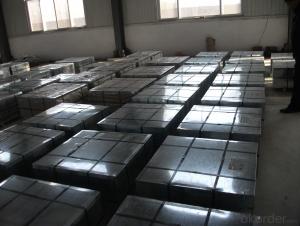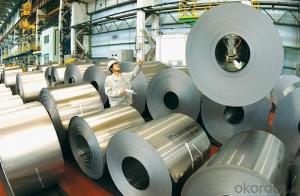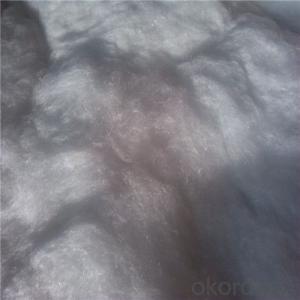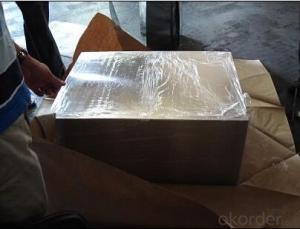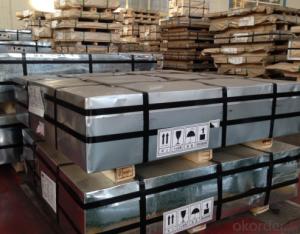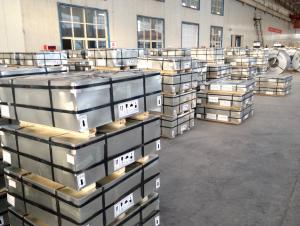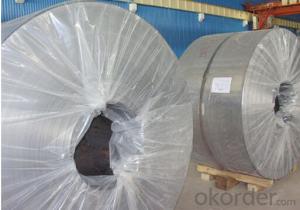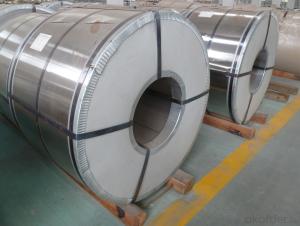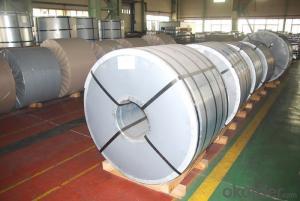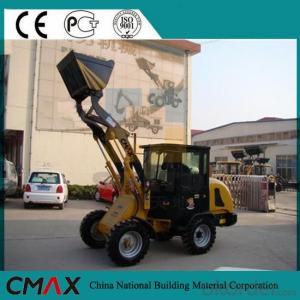Buy Tinplate
Buy Tinplate Related Searches
4 By 8 Plastic Sheets Thin Plastic Sheets Flexible Tinplate Coil Quotes Tinplate Iron Clear Plastic Sheets Hard Plastic Sheets 4X8 Lightweight Plastic Sheets Wavy Plastic Sheets White Plywood Sheets Poly Styrene Foam SheetsHot Searches
Tinplate China Tinplate Stock Price Tata Tinplate Price List Tinplate Price Trend Tinplate Nse Share Price Tinplate Price Chart Tinplate Share Price Nse Tata Tinplate Share Price Tinplate Share Price Today Tinplate Share Price Bse Tinplate Price Tinplate Share Price Tinplate Coil Manufacturers Tinplate Sheet Suppliers Food Mixer Sale Tinplate Factory Tinplate Production Tinplate Products Ltd Tinplate Products Tinplate Can ManufacturersBuy Tinplate Supplier & Manufacturer from China
Okorder.com is a professional Buy Tinplate supplier & manufacturer, offers integrated one-stop services including real-time quoting and online cargo tracking. We are funded by CNBM Group, a Fortune 500 enterprise and the largest Buy Tinplate firm in China.Hot Products
FAQ
- Tinplate is coated with a protective lacquer through a process called coil coating. This involves applying a thin layer of lacquer onto the surface of the tinplate using a roller or spray method. The lacquer acts as a barrier, protecting the tinplate from corrosion, oxidation, and other environmental factors, ensuring its longevity and durability.
- Tinplate is tested for quality and performance through various methods including visual inspection, thickness measurement, coating weight determination, adhesion testing, corrosion resistance evaluation, and mechanical property testing. These tests ensure that the tinplate meets the required specifications and standards for its intended applications.
- Yes, tinplate packaging can be used for toy products. Tinplate packaging is often chosen for its durability and ability to protect products during transportation and storage. It can also be customized with attractive designs, making it a suitable option for toy packaging.
- The main factors influencing the demand for tinplate include the growth of the packaging industry, technological advancements in tinplate manufacturing, consumer preferences for sustainable and recyclable packaging materials, government regulations on food safety and product packaging, and the economic growth and urbanization in emerging markets.
- Some common challenges in recycling tinplate packaging include contamination from other materials, such as paper or plastic, which can make the recycling process more difficult and less efficient. Additionally, tinplate packaging often contains a plastic lining or coating, which must be removed before recycling the tinplate itself. Another challenge is that tinplate packaging is often small and lightweight, making it more prone to being lost or mixed in with other waste streams. Finally, there may be limited infrastructure or collection systems in place to effectively collect and recycle tinplate packaging.
- There are several different types of tinplate cans available, including food cans, beverage cans, aerosol cans, paint cans, and general-purpose storage cans.
- Tinplate and tinplate laminates differ in terms of barrier properties primarily due to their composition and structure. Tinplate is a steel sheet coated with a thin layer of tin, which provides excellent corrosion resistance but limited barrier properties against gases and moisture. On the other hand, tinplate laminates consist of a tinplate base combined with additional layers, such as plastic or paper, which significantly enhance the barrier properties. These laminates offer improved resistance against gases, moisture, and light, making them suitable for packaging applications requiring higher protection and preservation of the contents.
- Tinplate packaging enhances product visibility by providing a sleek and reflective surface that attracts attention and highlights the product's branding and design. The shiny nature of tinplate packaging helps products stand out on store shelves, making them more noticeable and appealing to customers.
















